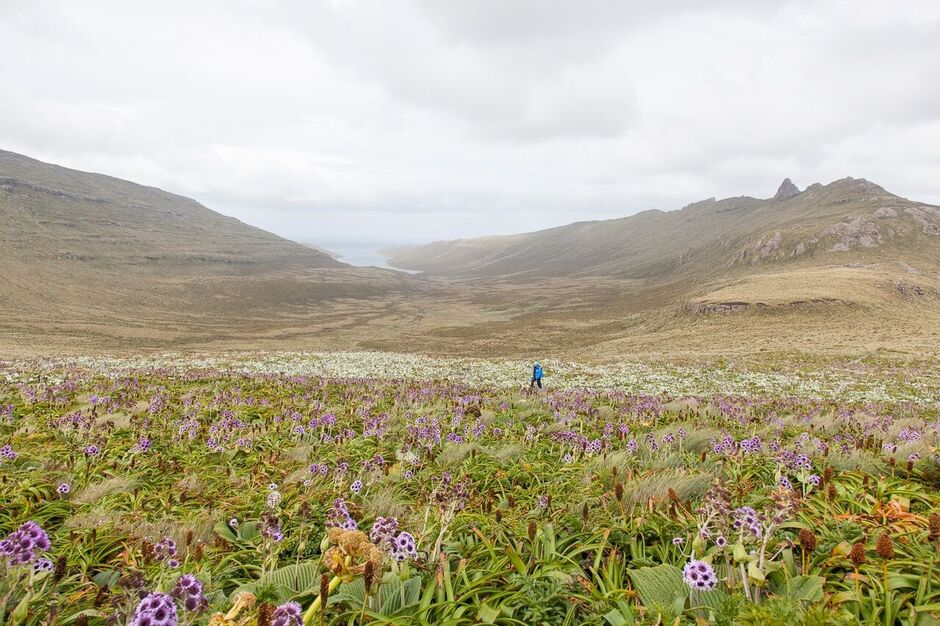-
Popular places to visit
Popular things to do
Helpful tips
Here's a few useful links to help with planning your trip to Aotearoa New Zealand.
-

New Zealand landscapes are so special, they've been internationally recognised by UNESCO as irreplaceable source of life and inspiration.
World heritage sites are places that UNESCO has recognised as having outstanding natural or cultural value for everyone. In New Zealand you can explore three large world heritage sites - Tongariro National Park, Te Wahipounamu and the Subantarctic Islands.


Mountains have great spiritual significance to Maori people. So it was a great gesture of trust when, in 1887, Maori chief Te Heuheu Tukino IV gifted three spectacular volcanic mountains to the nation.
The mountains - Ruapehu, Tongariro, Ngauruhoe - and adjoining lands formed the Tongariro National Park, which is in the centre of the North Island. Recognition as a world heritage site in the early 1990s confirmed the great natural and cultural significance of this area.
The region is still volcanically active. Mount Ruapehu erupted in 1996, coating its snow-covered slopes with a thick layer of ash. Near the barren rock-strewn summit of Tongariro, wildly-coloured crater lakes and sulphurous smells leave hikers in no doubt about the nature of the land they are standing on.
Walking trails range from short excursions through lowland forests to the popular eight-hour Tongariro Crossing. Overnight hikes include the Round the Mountain track, which takes four to six days to circumnavigate the lower slopes of Mount Ruapehu. In winter, two large ski fields operate on this mountain.

Content with near anonymity, five pristine island groups lie in the Southern Ocean, southeast of New Zealand. Windswept and fragile, these beautiful islands are home to significant populations of many rare species, such as the southern royal albatross, the yellow-eyed penguin and the New Zealand (Hooker’s) sea lion.
Together, the Bounty Islands, Antipodes Islands, Snares Islands, Auckland Islands and Campbell Island support 126 bird species including five seabirds that breed nowhere else in the world. All five island groups received World Heritage status in 1998.
Visiting these islands is a rare privilege and carries considerable responsibility to ensure their unique ecosystems remain unchanged. Guided expeditions are available on purpose-built vessels, and visitor numbers are carefully controlled.


This 2.6million hectare area encompasses four national parks - Westland Tai Poutini, Aoraki /Mount Cook, Mount Aspiring and Fiordland and is one the great natural areas of the world.
The rocks, plants, birdlife, animals and natural wonders found here will take you back 80 million years to when New Zealand was part of the ancient super continent Gondwana.
The untouched beauty of the ice-carved fiords, lakes and valleys are home to rare plants and animals such as the ancient and large swathes of land are covered mature stands of southern beech and podocarp trees.
The area is home to kea, an alpine parrot and the rare and endangered takahē, a large flightless bird. The most rare and endangered varieties of kiwi, the rowi and Haast tokoeka also live here, as well as the Fiordland tokoeka kiwi.
The area has great cultural significance for māori tribe Ngāi Tahu, as the home to many of their atua (gods).